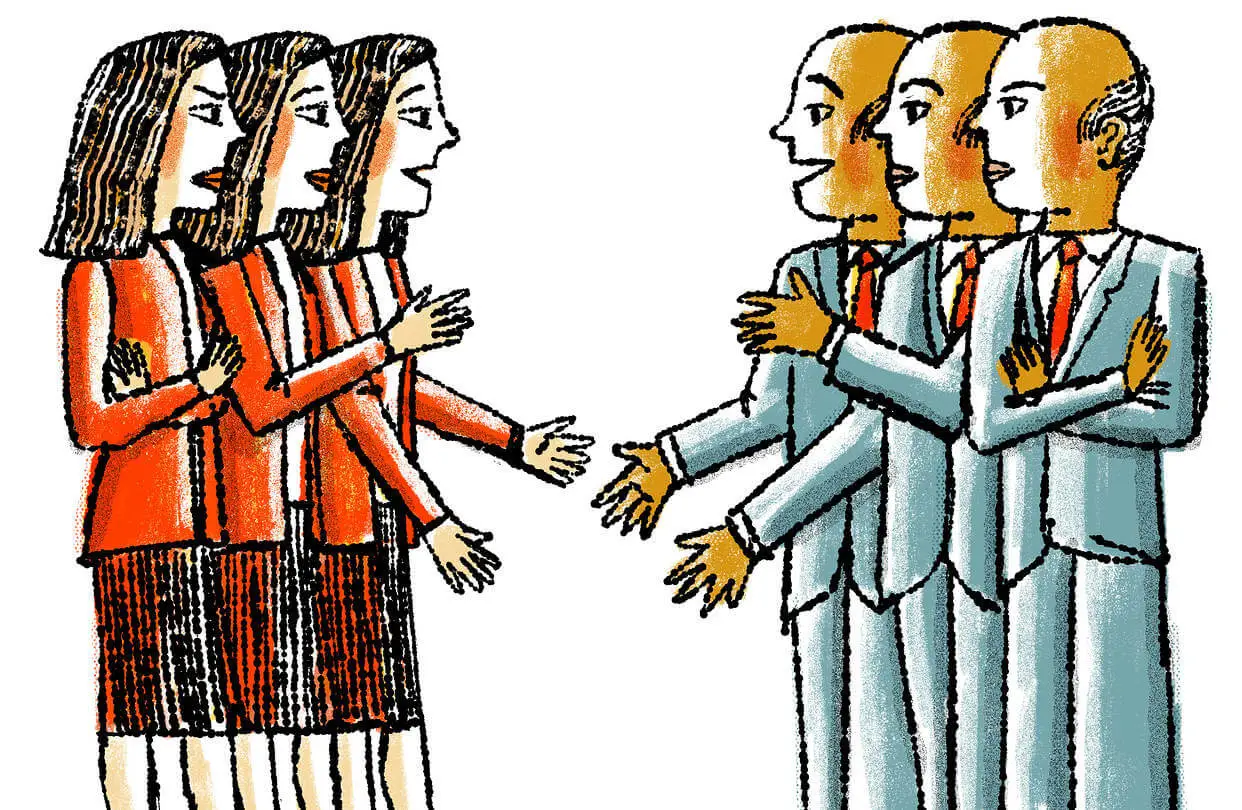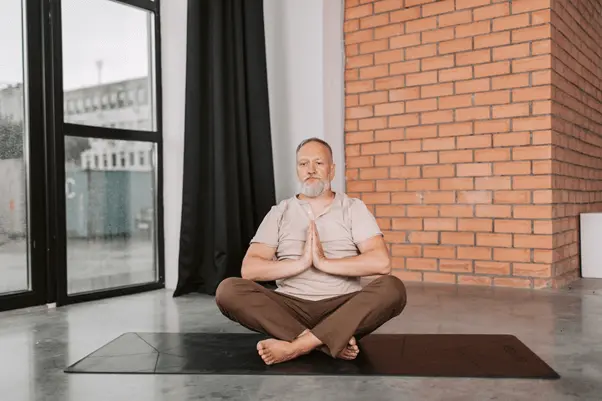Art of Mirroring – Techniques for Effective Communication
Have you ever been in a conversation where the other person just wasn’t getting what you were trying to say? Or maybe they seemed disinterested or even defensive? It’s frustrating when communication breaks down, but have no fear – mastering the art of mirroring can help. Mirroring is a powerful technique that involves reflecting back someone else’s words and emotions to foster deeper understanding and connection. In this blog post, we’ll explore various mirroring techniques and how they can improve your communication skills. Get ready to take your conversations to the next level!
Introduction to Art of Mirroring
In order to master the Art of Mirroring, it is important to first understand what mirroring is and how it can be used effectively. Mirroring is the process of copying the nonverbal behaviors of another person in order to create rapport and improve communication. This can be done by matching the other person’s posture, gestures, facial expressions, and even vocal patterns. When done correctly, mirroring can make the other person feel more comfortable and open up more easily.
There are a few exceptions to keep in mind when mirroring someone. First, it is important not to mirror negative behaviors such as slouching or crossing your arms. Second, you should be careful not to come across as overly enthusiastic or fake. Be sure to give the other person some space – don’t get too close! If you follow these simple guidelines, you’ll be well on your way to mastering the art of mirroring.
Benefits of Mirroring
When you are using art of mirroring to mirror someone, you are essentially reflecting back to them what they are saying or doing. This can be an incredibly powerful communication tool, as it can help build rapport, trust, and understanding. When used effectively, mirroring can also help diffuse difficult situations and encourage cooperation.
There are many benefits to mirroring someone, but some of the most notable ones include:
Building Rapport:
When you mirror someone, you are showing them that you understand them and are in sync with them. This can help build a strong rapport between you and the other person.
Art of Mirroring Helps Establishing Trust:
Mirroring can also help establish trust between two people. When someone feels understood and validated, they are more likely to trust the other person.
Diffusing Difficult Situations:
If you find yourself in a difficult or uncomfortable situation, art of mirroring can be a helpful way to diffuse the tension. By reflecting back what the other person is saying or doing, you can often defuse the situation without escalating it further.
Encouraging Cooperation:
Art of Mirroring can be a great way to encourage cooperation from others. When people feel heard and understood, they are more likely to be cooperative and open to working together.
Steps for Effective Communication Through Art of Mirroring
If you want to be an effective communicator, you need to learn the art of mirroring. When you mirror someone, you are effectively imitating their body language, vocal patterns, and overall behavior. This can help create a rapport and understanding between you and the other person.
There are a few things you need to keep in mind when mirroring someone:
- Don’t overdo it. If you start imitating every single thing the other person does, they will likely become uncomfortable. Instead, focus on a few key aspects of their behavior.
- Be subtle. The goal is to create a rapport, not to make the other person feel like they’re being copied.
- Pay attention to what is happening around you. If you’re too focused on imitating the other person, you may miss important cues from your surroundings.
- Mirror the positive behaviors. If the other person is exhibiting positive body language or speaking in a pleasant tone, mirror those behaviors back. This will help create a positive connection between you and the other person.
- Use mirroring as a tool, not a crutch. Remember that communication is about more than just copying another person’s behavior – it’s also about understanding them on a deeper level and conveying your own thoughts and feelings effectively.
How to Utilize Nonverbal Cues in Mirroring
In order to master the art of mirroring, it is important to understand how to utilize nonverbal cues. Nonverbal cues are any kind of facial expression, body language, or gesture that can be used to communicate. When you are mirroring someone, you should pay close attention to their nonverbal cues and use them to help you understand what they are trying to say.
One of the most important nonverbal cues to watch for is eye contact. If someone is looking at you while they are speaking, it usually means that they are interested in what you have to say and want you to know that they are paying attention. If you are mirroring someone and they break eye contact with you, it may be a sign that they are starting to feel uncomfortable or that they want to end the conversation.
Another important nonverbal cue is body language. If someone is standing close to you and facing you while they speak, it usually indicates that they are open and friendly. On the other hand, if someone is standing far away from you or has their arms crossed in front of them, it may be a sign that they are closed off or feeling defensive. Paying attention to these nonverbal cues can help you better understand how the person you are mirroring is feeling and what they might need from the conversation.
Tips for Practicing and Improving Your Mirroring Skills
When it comes to communication, one of the most important skills you can learn is mirroring. Mirroring involves matching the body language, vocal patterns, and energy level of the person you’re communicating with. When done effectively, mirroring creates rapport and understanding between people.
Here are some tips for practicing and improving your art of mirroring skills:
- 1. Pay attention to the nonverbal cues of the person you’re talking to. What is their body language saying? Are they speaking quickly or slowly? How much energy do they seem to be putting into the conversation?
- 2. Try to match the nonverbal cues of the person you’re talking to. If they are speaking quickly, try to speak a bit quicker yourself. If they are using a lot of hand gestures, use some yourself. This doesn’t mean that you should mimick everything they do, but rather find a middle ground that feels comfortable for both of you.
- 3. Be aware of your own body language and vocal patterns. Are you crossing your arms or tapping your foot? Are you interrupting often or speaking in a monotone voice? By being aware of your own communication style, you can more easily adjust it to match that of the person you’re talking to.
- 4. Practice! The more you mirror people, the better you’ll become at it. So go out and practice with friends, family members, and even strangers. The more people you interact with, the better your
- Examples of Successful Mirroring in the Workplace
In order to be an effective communicator, it is important to be aware of the different ways that people communicate. One way to do this is to mirror the communication style of the person you are talking to. Mirroring is when you adjust your own communication to match that of the other person.
For example, if someone speaks quickly and uses a lot of hand gestures, you would mirror them by speaking quickly and using hand gestures yourself. Or, if someone has a more relaxed communication style, you would mirror them by speaking more slowly and using fewer hand gestures.
Mirroring can be an effective way to build rapport and create a connection with someone. It shows that you are attuned to their communication style and are interested in what they have to say. When done correctly, mirroring can make the other person feel understood and valued.
Here are some examples of successful use of art of mirroring in the workplace:
If your boss tends to speak quickly and is always on the go, try mirroring their communication style by being concise in your own speech and keeping your movements brisk.
If you have a coworker who is very detail-oriented, try matching their level of detail in your own explanation.
[sp_easyaccordion id=”3116″]
Conclusion
In conclusion, mastering the art of mirroring is a great way to increase your communication skills and create strong relationships with people. It takes practice to become an expert in this area, but once you master it you will be rewarded with improved relationships and better communication overall. We encourage everyone to take the time to learn more about mirroring techniques and gain an understanding of how they can help improve interpersonal interactions.






